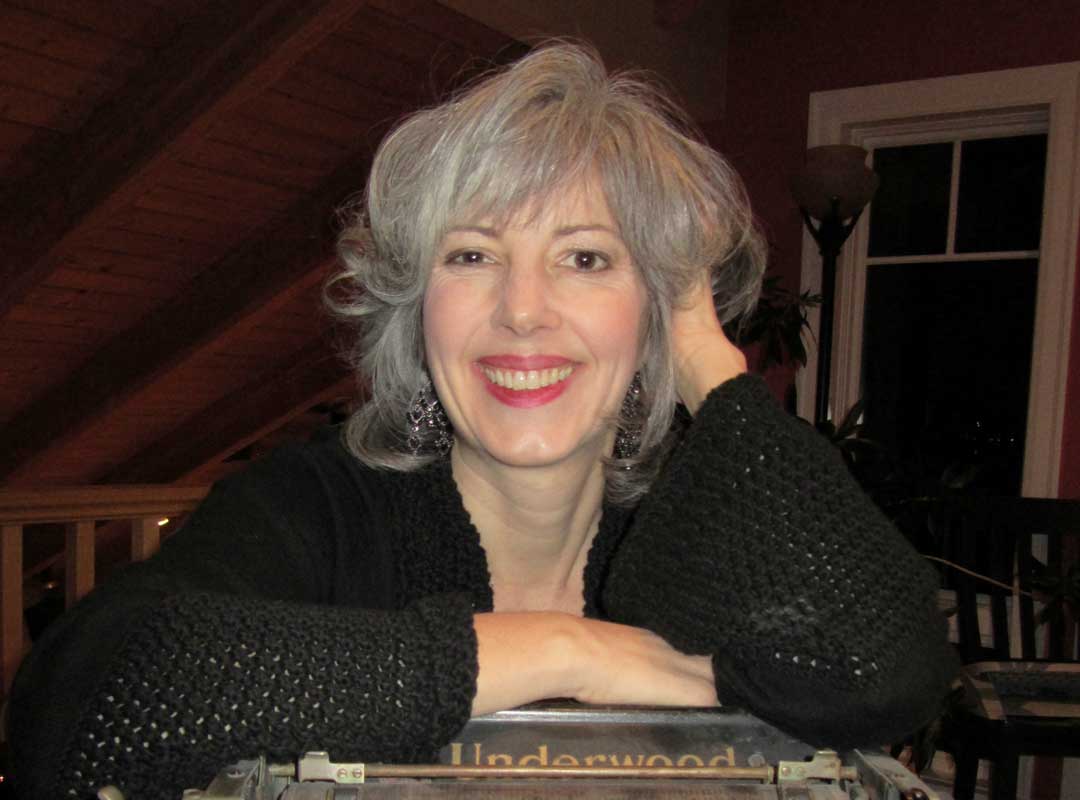ISB Q&A: Liesl Wilke
 isbscience.org/news/2015/06/21/isb-qa-liesl-wilke/
isbscience.org/news/2015/06/21/isb-qa-liesl-wilke/
In March, ISB announced the launch of the Wilke Lyme Disease Project, which has received $2.13 million in transformational gifts from Jeff and Liesl Wilke; Jeff and MacKenzie Bezos; and the Bay Area Lyme Foundation to tackle chronic Lyme disease. Lyme is a highly complex and often misdiagnosed disease that can be debilitating for those who do not respond to a standard course of antibiotics.
This funding for the Wilke Lyme Disease Project will kick-start the first stage of a three-year study that will leverage the tools and technologies of systems biology to understand the fundamentals of Lyme, identify biomarkers, and gain insights about the genomics and proteomics of the infecting Borrelia organism. ISB president Dr. Lee Hood will serve as the principal investigator, leading a team of ISB researchers and Johns Hopkins collaborators in a series of integrated projects that eventually will inform how best to attack the chronic form of Lyme.
Here, we share some comments from Liesl Wilke about the imperative of this research.
Q: What is your greatest hope for the Wilke Lyme Disease Project?
Liesl Wilke: Our greatest hope is to return those suffering from chronic lyme to good health. There are far too many instances of people forced to leave work or school as they struggle to determine how to treat their illness given that no one really knows what the best courses of treatment are. Symptoms vary widely and there is such a shroud of mystery around this disease. How can we be sure we have Lyme? If the bacteria is present in our bodies, is it the cause of pain, confusion, exhaustion? Or is it something else altogether? We’d like to shine a big old spotlight on the problem so we can all understand, finally, what’s really going on.
Q: What was it about ISB and the systems biology approach that persuaded you to support such a project?
LW: To continue the spotlight metaphor, it became clear to us as we learned more about Borrelia and other tick-borne diseases that in order to really see the culprits, we have to zoom in, into blood, into cells, into microbiology so complex we ordinary mortals can’t grasp it, but computers can and the creative and brilliant minds at ISB can. They can take great complexity and sort it into sense. There’s a strong temptation to throw up one’s hands when a problem is this complex, but that’s the opposite of what happens at ISB. It’s a place where scientists dive in to the murk and wade around. They won’t stop until they can see clearly the elements of chronic lyme in a new way, a way that makes diagnosis and treatment reliable. There’s math involved, and microscopes, and commitment. ISB is a unique environment, blending cutting edge technology and age-old determination.
Q: How can the public help?
LW: We need awareness, and we need contributions. This has to be a team effort. We’re actively looking for people who can be part of the team, whether by writing a check or hosting an event or simply telling others about the thrilling work ISB has already begun. It’s an opportunity to push back against the frustration and hopelessness so many Lyme patients feel. Time to illuminate, to donate, to give!
Support the Wilke Lyme Disease Project:
isbscience.org/donate






